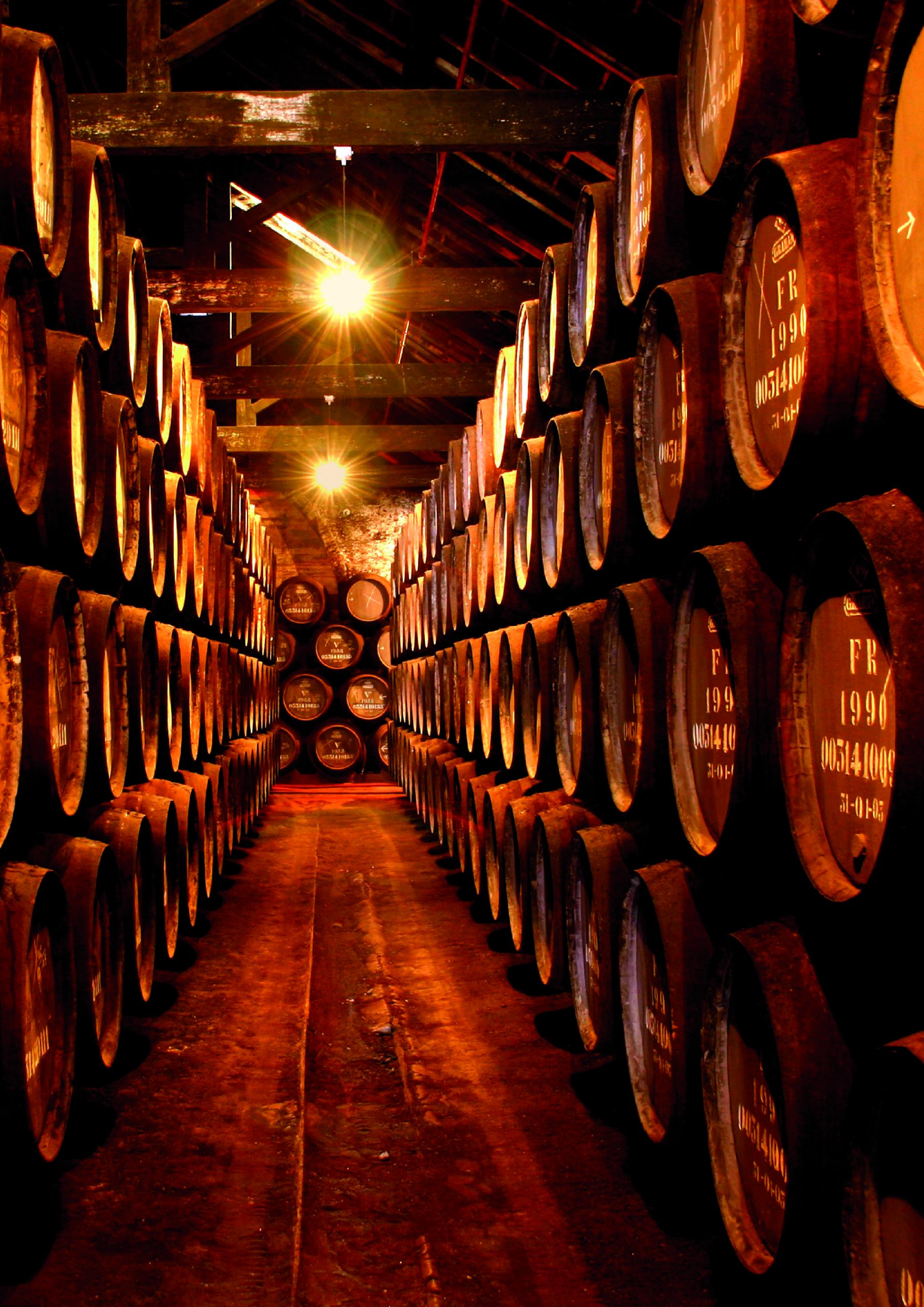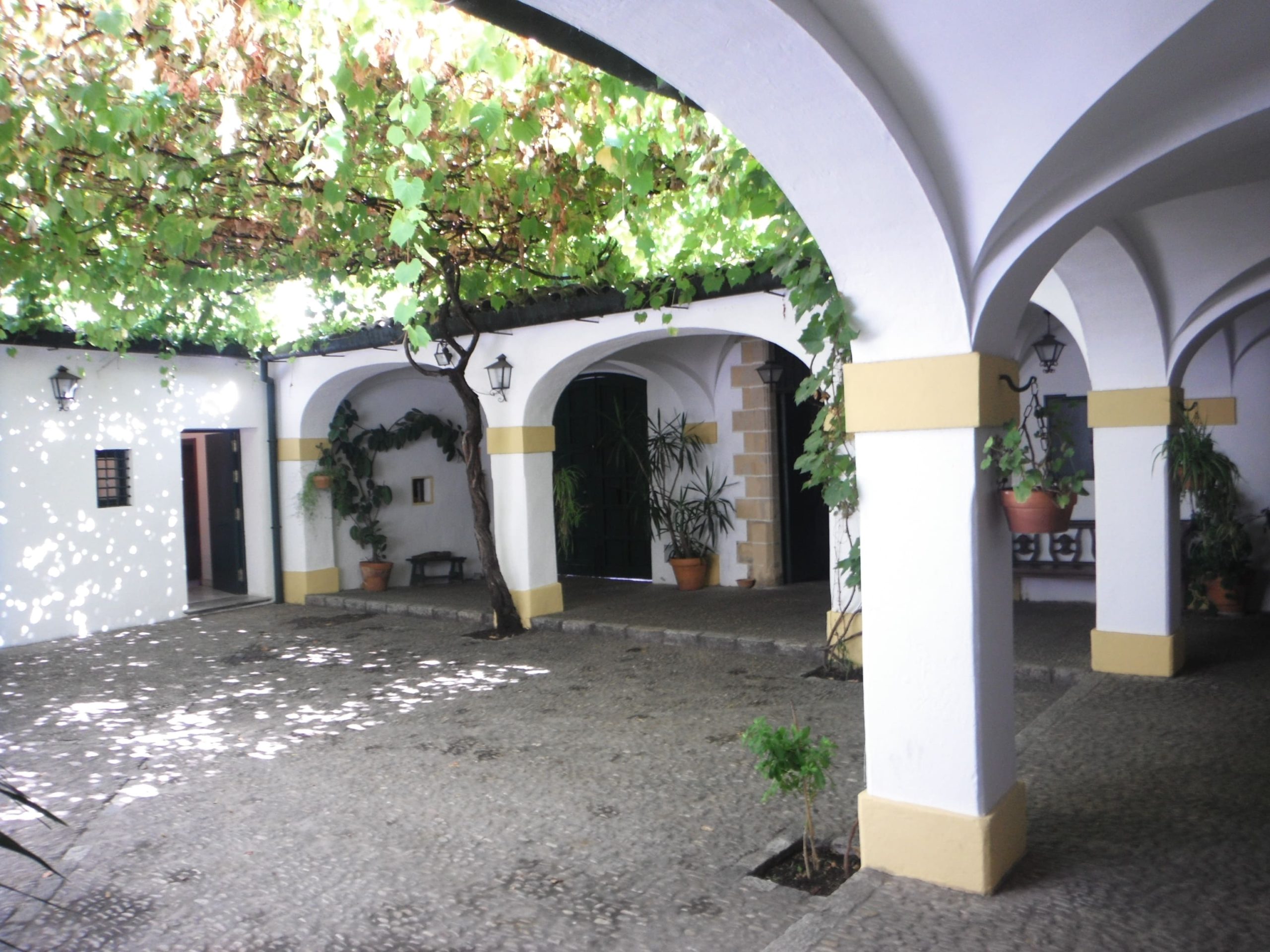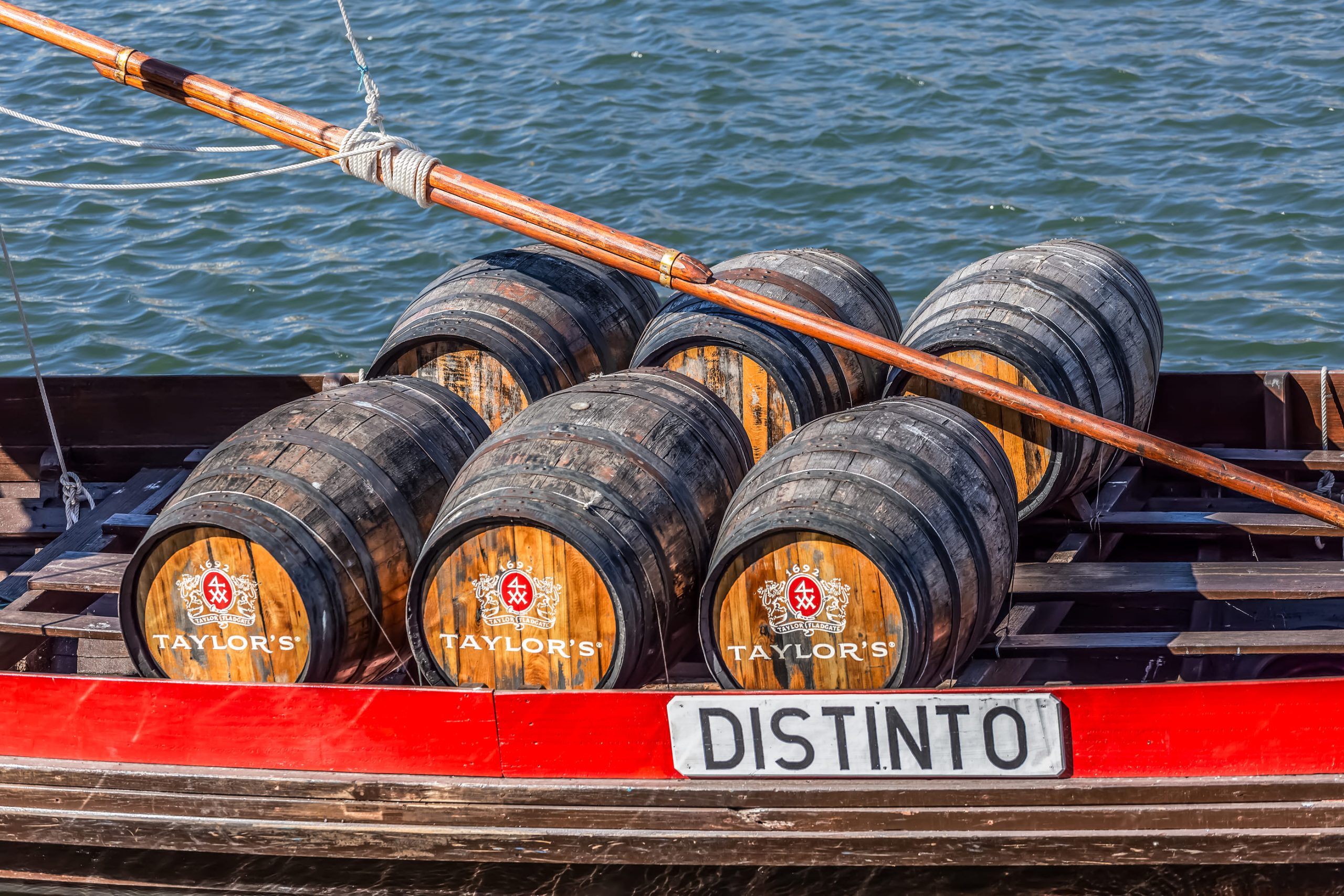It is widely known that you can find some exceptional wines made on the Iberian Peninsula. If you are traveling to Spain for the first time, you might find yourself ordering a glass of Rioja, the quintessential dry red wine produced there. However, Spain and Portugal both make some delicious and very famous sweet wines as well. Below we outline our favorites and what makes each style so unique.
Sherry – probably one of the most famous worldwide, is a wine made in the Jerez region of southern Spain. While it does come in dry varieties, the sweet styles are more popular. Sherry wine is fortified, meaning that alcohol is added during the winemaking process. There are two types: naturally sweet and sweet. The naturally sweet style is made from overripe grapes of the Pedro Ximénez or Moscatel variety. The end result is thick and has a deep mahogany color. The sweet sherry wines (also called generoso liqueur wines) are made by blending dry sherry with one of the naturally sweet wines or concentrated grapes. These have varying levels of sweetness and color tones.
Málaga wine – sweet Málaga wines can be either fortified or unfortified. Very similar to sherry, this style is made from Pedro Ximénez and Moscatel grapes as well. This style of wine may only be produced in the region of Málaga protected by the Denomination of Origin label. To achieve the final result, they typically freeze or dry the grapes to concentrate their natural sugars. The color tones range from pale yellow to amber or dark brown. The aromas range from raisins, caramel and candied citrus to coffee and licorice notes, depending on the duration of the barrel aging.



Moscatel de Setúbal – like Spain, Portugal also uses Moscatel grapes to make sweet, fortified dessert wines. Moscatel de Setúbal, grown and produced just outside of Lisbon, is unique in that the grape skin is left in the cask during production, providing an added sweetness to the finished wine. It is floral and juicy with notes of honey and apricot.
Port Wine – this is the most famous sweet wine produced in Portugal. Mentioned by name for the first time in 1678, this wine has a long history and is nowadays subjected to many quality controls. This wine is produced from more than 80 grape varieties grown in the Douro Valley near Porto. The final result can be a white, rosé, red (ruby) or tawny port wine.
Madeira wine – cultivated on the Portuguese island of the same name in the North Atlantic Ocean, this wine is dark in color and has a nutty, caramel flavor and can be made using white or red grape varietals. What makes this wine unique is the aging process. It is aged in wooden casks for upwards of 20 years and heat is introduced during this process to emulate the ripening of the Madeira wine through the historical voyages across tropical seas.

